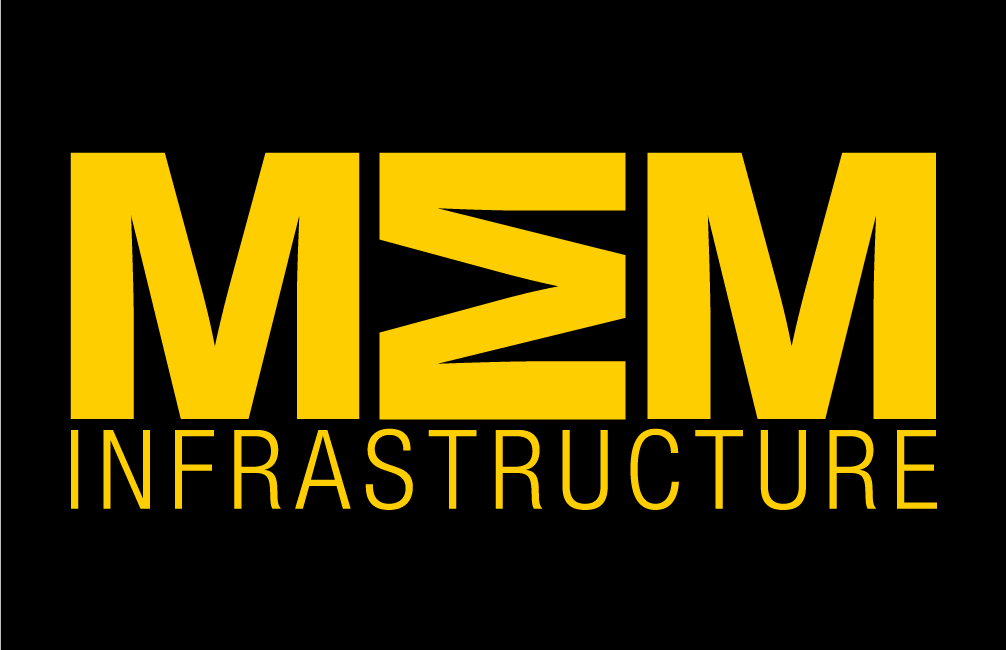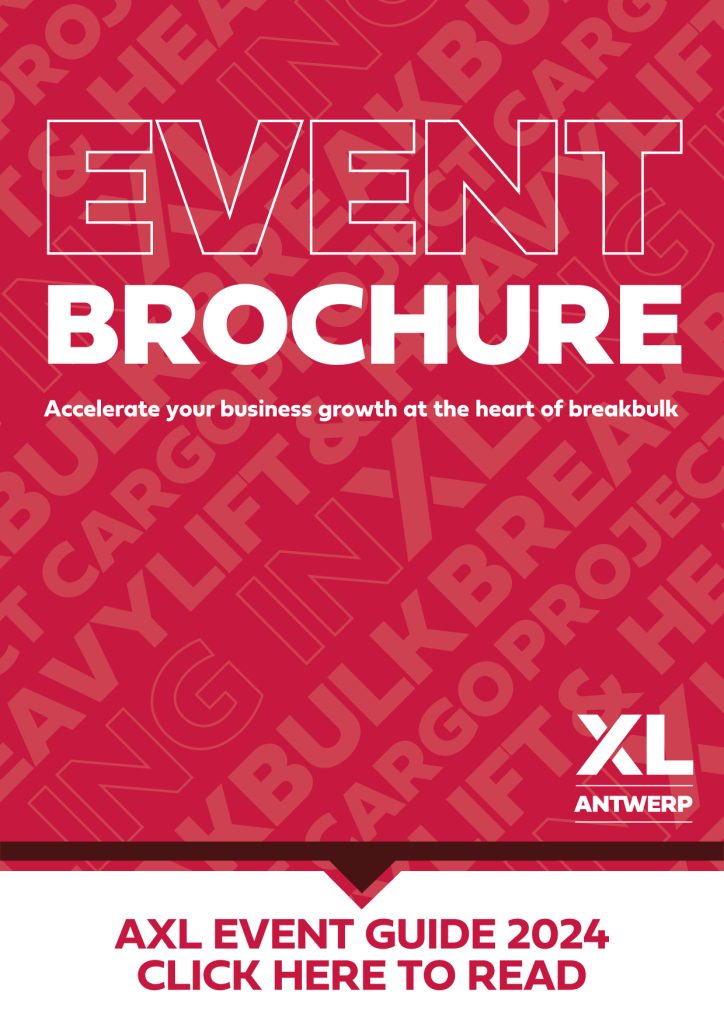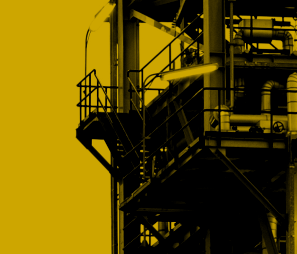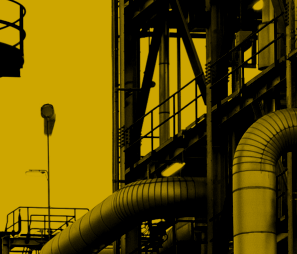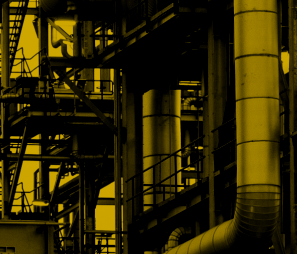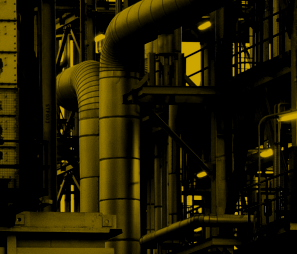The green transition is one of the primary drivers of industrial transformation in the 21st century. In 2023, the steel industry, both carbon and stainless, reached a market value of $928 billion, producing ~2 billion tons of steel. Currently, the steel industry accounts for 10% of global greenhouse gas emissions – yet our society will require significant amounts of energy and steel also in the future. By 2050, steel industry emissions need to be reduced by 90% compared to 2022 levels, a monumental change that requires a deep transformation of steel actors from around the world.
Outokumpu, the global leader in sustainable stainless steel, has published a report* on the future of steel – identifying five critical shifts to accelerate the green transition and the needed industrial transformation. The report builds a clear view on how the steel industry needs to evolve, encompassing the growing need to decarbonize and go beyond carbon, the significance of a stable and long-term regulatory environment, the need to move up the circularity value chain, the shared responsibility of the green investments – and the necessity for a repositioning of the green transition to gain public support.
“The strategic importance of steel and other resources is once again in the spotlight, as nations grapple with the challenges of ensuring industrial resilience and navigating the green transition. And, while today’s focus for steel is carbon emission-centric, tomorrow’s challenges will demand a holistic approach, likely increasingly encompassing more planetary boundaries and higher social requirements. Recognizing which phase of change an organization is in is crucial for initiating the change that goes far beyond improving materials or reducing emissions. The organizations that succeed will be the ones who boldly adopt new strategies aligned with 21st-century business philosophy”, says Johann Steiner, Executive Vice President for Sustainability, Strategy and People at Outokumpu.
A shared responsibility and a rebrand needed to accelerate the development and ensure competitiveness
For some of the shifts identified, early progress has been promising as industry forerunners are taking steps towards decarbonization and increasing circularity. Steel is an industry closest to circularity with nearly 85% of end-of-life steel being collected for recycling globally – though with only 30% of it used to produce new steel, there is still room for improvement. Arguably, much remains to be done to transform the industry and to turn the green transition into a new competitive advantage ensuring green growth. New threats are also looming on the horizon, not least with rising geopolitical challenges. According to the report, ambitious, long-term policies and government support are needed to accelerate the green transition. To gather public interest and support, the report also calls for a rebrand of the green transition to make it more tangible and visible to the public in the form of a more everlasting way of consuming.
“Virtually everything we humans do today has a compounding impact on the physical world. Our challenge for the 21st century is drastically reducing that impact – which requires a fundamental transformation in how we produce and consume. It is clear that carbon steel and stainless steel will have a central role to play in that transition, both as a material and as a defining aesthetic feature of a society that needs to build products designed for longevity”, says Olivier Rostang, lead researcher for the white paper at Kairos Future.
Outokumpu is taking part in the Climate Week NYC between 23rd–29th of September 2024, to activate global climate discussion, to share key future insights from the white paper and to take responsibility in accelerating the needed change.
*) Outokumpu commissioned the research that was conducted by a Swedish consultancy Kairos Future, between June-September 2024, utilizing a blend of desk research, AI, data analysis, and C-level interviews across the steel industry value chain. The report has focused primarily on EU/USA markets.
Please find the white paper here:
Manufacturing & Engineering Magazine | The Home of Manufacturing Industry News


